#Crambid Snout Moths
Text


Golden Crambid Moths
Neargyria argyraspis
21/03/23
#Neargyria argyraspis#Lepidoptera#moths#mothblr#Crambidae#Crambid Snout Moths#Pyraloidea#lepidopterology#invertblr#invertebrates#Arthropods#Arthropoda#bugs#bugs tw#bugblr#insects#insecta#insects tw#insect#insectblr#entomology
35 notes
·
View notes
Photo


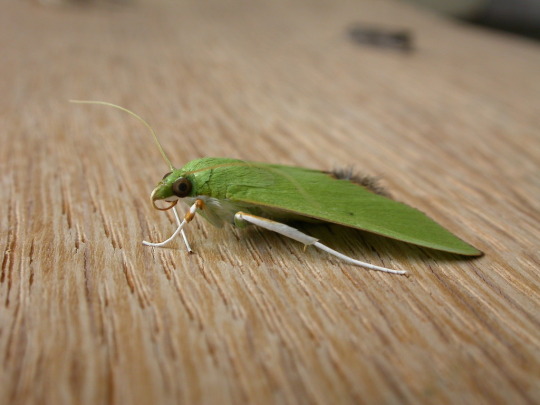


Male margined green pearl moth, Parotis marginata, Crambidae
Note: The bristles at the end of the abdomen are a structure known as a hair-pencil. Hair-pencils are found on male Lepidopterans and used for pheromone signaling. The pheromones secreted from the hair-pencil glands serve as an aphrodisiac and tranquilizer for females, and sometimes as a repellent for males of the same species. The hair-pencil structure is stored inside the body until courtship begins, at which time it is everted.
Photographed in New South Wales by dhobern
#animals#curators on tumblr#insects#bugs#moth#crambid snout moth#crambidae#pearl moth#margined green pearl moth#one nice bug#the more you know
1K notes
·
View notes
Text
The Snout Moths Come in Many Different Colorful Patterns
Hidden in the Grass
Back in September, when I was returning home after a hike, I flushed several small striped moths out of the grass on the back of my property. Fortunately, this time I didn’t flush any of them into a spiders web. But I did follow one to try to get some photos. I was intrigued to see what they were since they were so small. Had I not disturbed them, I would never have seen…

View On WordPress
#colorful Florida moths#crambid moth photographs#Crambid moths#Crambidae#fall insects#fall moths#Florida crambid moths#Florida insects#Florida moths#grass moths#insect photographs#insect photography#insects#moth photographs#moth photography#moths#small moths#snout moths#sod webworms#striped crambid moths#striped moths
0 notes
Text

whereas most crambid snout moths appear dingy brown from a distance (though many are beautifully detailed up close), Urola nivalis shines like platinum in a grassy field.

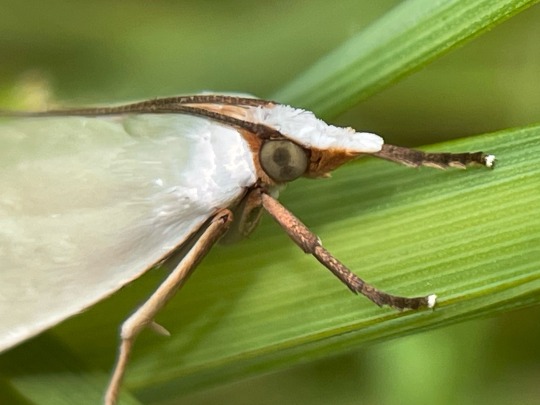
my phone wasn’t able to capture how lustrous and satiny they are in person, but this is a very neat and elegant moth. they also don’t flee when approached for a photo, that’s the confidence of a bug who knows it’s pretty
948 notes
·
View notes
Text


Im sorry they are faded, and if they arent clear enough i get it!
Sorry that im unfamiliar with the proper terms, but information i tried to focus the search on was the lil triangular "nose", lack of that fluffy back plate, and thin antannae. It was found in [removed] indoors during the day.
i found a moth that looks similar thats called udea rubigalis but theyre in america
it’s not a crambid snout moth like Udea, but a hypenine snout moth (Erebidae)! I think maybe a Hypena, but they’re tricky and I can’t say for sure.
8 notes
·
View notes
Text
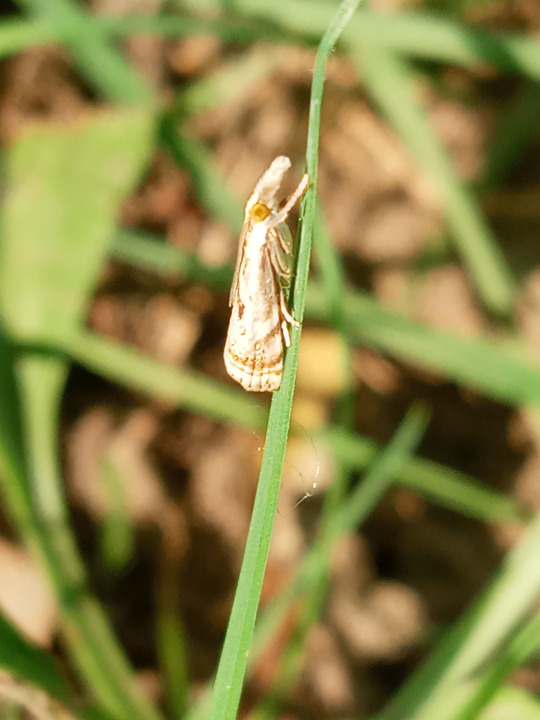

[PHOTOS TAKEN: MAY 24TH, 2023 | Image IDs: Two photos of a beige and brown crambid snout moth on a green blade of grass /End IDs.]
Not the oddest moth shape I've seen, but it certainly is odd nonetheless! Like the middle-ground between a pipe-cleaner, muppet, and cocktail umbrella!
#Moths#Moth#Crambidae#lepidoptera#insects#insect#bug#bugs#Bugblr#entomology#invertebrates#arthropods#photo#photos#Wasp House Sights
15 notes
·
View notes
Note
I hope this doesn’t come of weird, but i see you reblog moths a lot! Which one is your favorite and which one is your least favorite?
Not weird at all!!
My favourite is prolly the Crambid Snout Moth!!! They just look so silly like look at the one that landed on my last night

And obv I super love lunar moths, they’re super pretty! So are the elephant hawk moths!!
My least favourite tho? Definitely the Creatonotos gangis. (I actually have been meaning to design a character based off them bc how wacky they look)

They’re still super super cool tho!!
6 notes
·
View notes
Text
Lepidoptera time!
starting with skippers



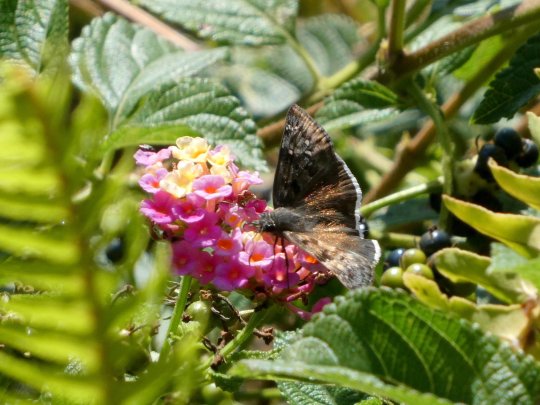

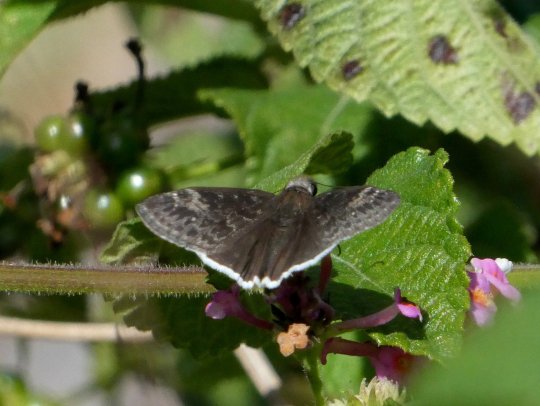
Burnsius albescens, Hylephila phyleus, Lon melane, Erynnis tristis, Panoquina errans, Erynnis funeralis
couple of little guys
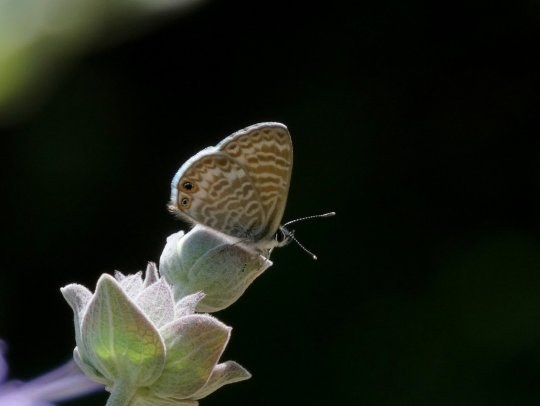

Leptotes marina, Strymon melinus
bigger guys
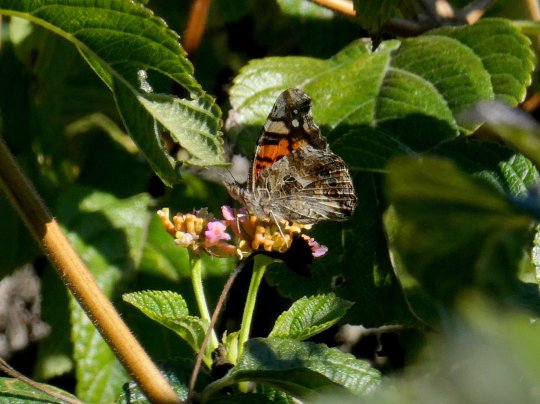
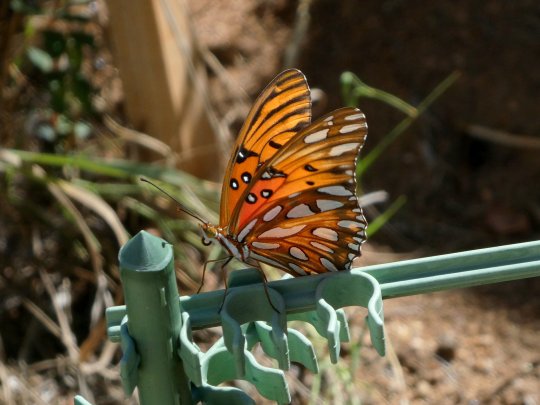




Vanessa annabella, Dione vanillae, Papilio rumiko, Nymphalis antiopa, Danaus plexippus, Phoebis sennae
moth time! starting with big and medium size


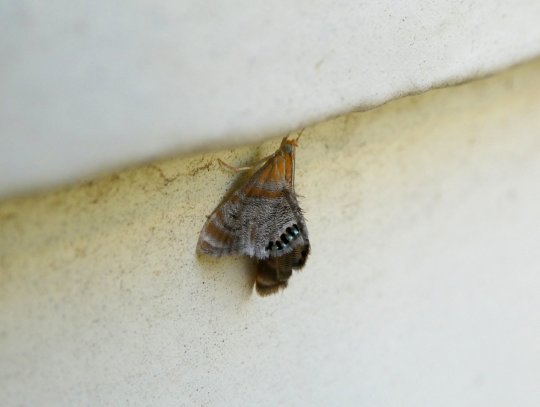
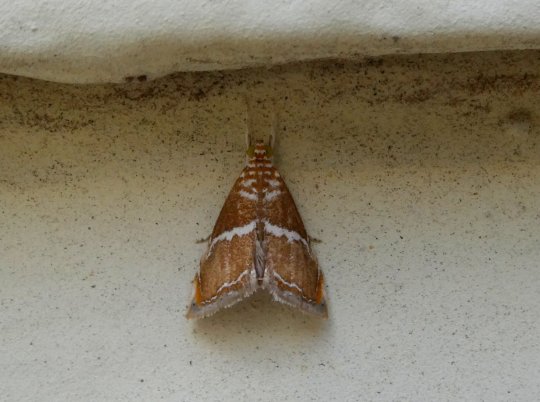

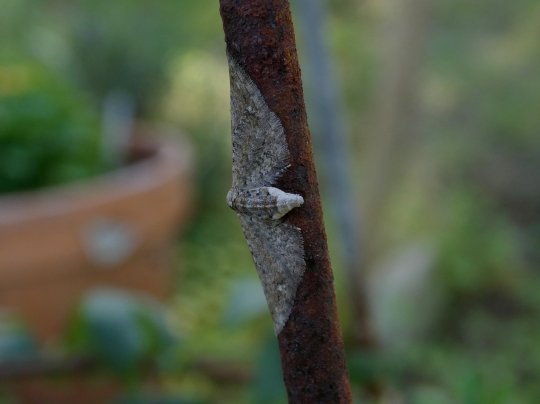
Arachnis picta, Chloridea virescens, Dicymolomia metalliferalis, Abegesta remellalis, Spoladea recurvalis, pug moth of some kind
little guys






Plutella xylostella, Lineodes integra, knot-horn moth of some kind, Crambus sperryellus, plume moth, crambid snout moth of some kind
caterpillars!




Estigmene acrea, Dione vanillae, tiger moths of some kind, Oedemasia sp.
#photography#insects#bugs#moths#butterflies#lepidoptera#caterpillars#animals#invertefest#monarch#swallowtail#tiger moth#skipper#gulf fritillary
3 notes
·
View notes
Text
crambid snout moth is a beautiful name for a baby girl
5 notes
·
View notes
Text
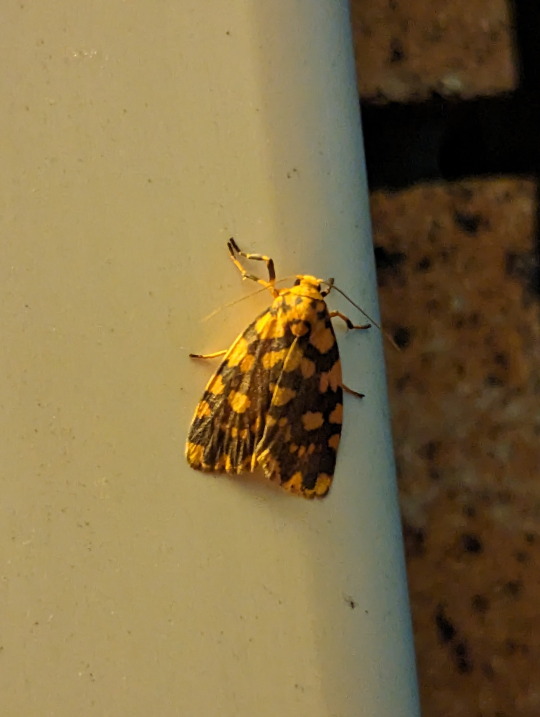
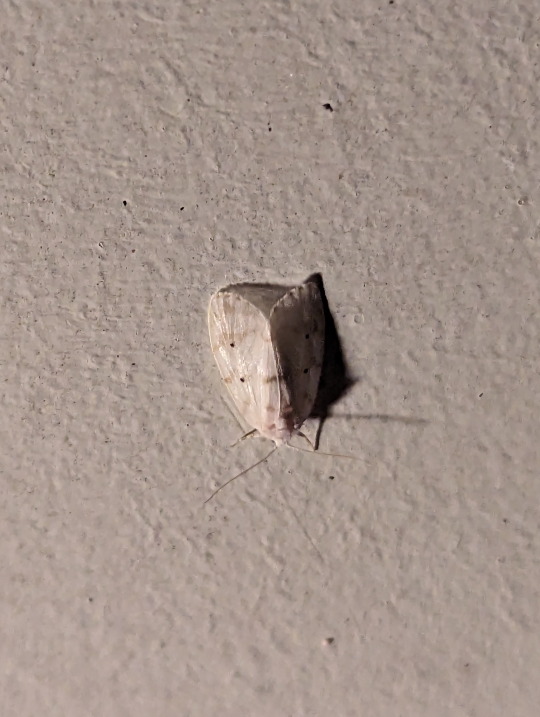
Photo 1 - Cyme quadrilineata / Photo 2 - Schistophleps albida
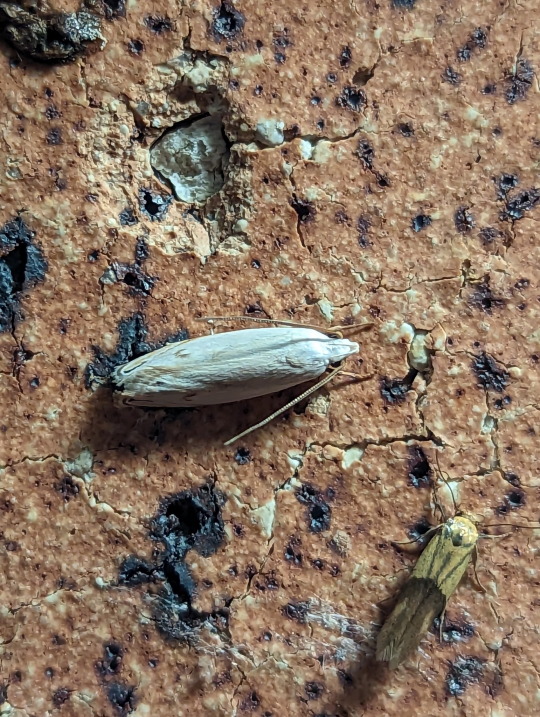

Photo 3 - Plectophila sp. / Photo 4 - Philobota sp.
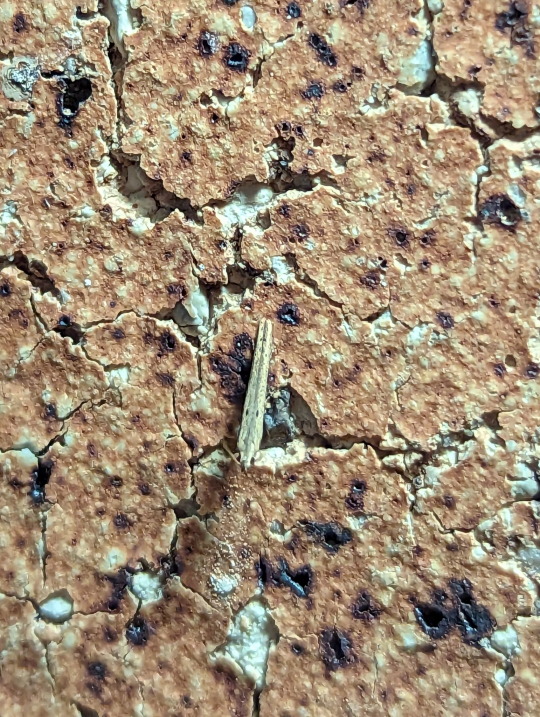

Photo 5 - Batrachedra sp. / Photo 6 - Stathmopoda auriferella
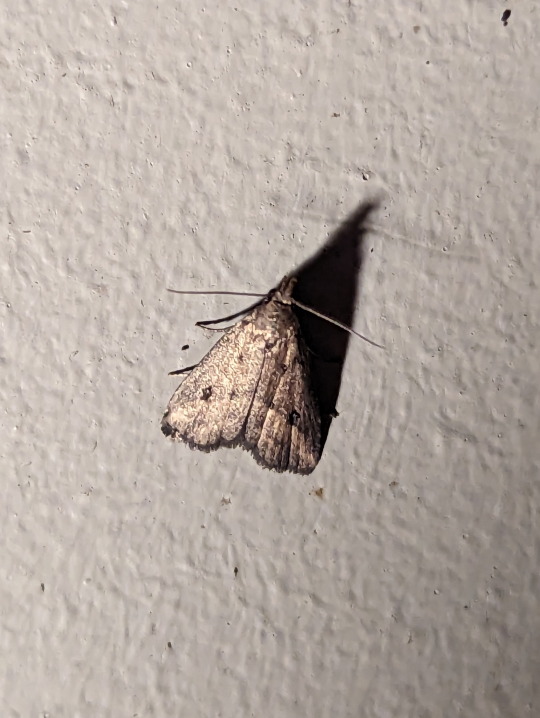
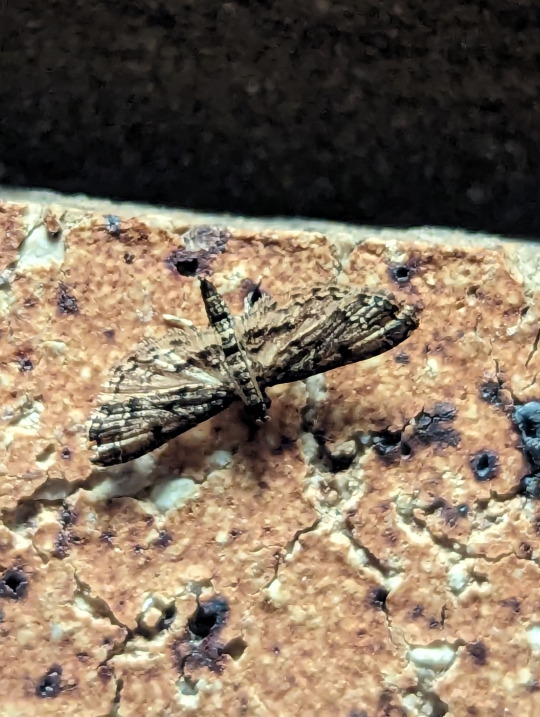
Photo 7 - Hypenodinae sp. / Photo 8 - Crambidae sp.
Moths spotted in a small country town.
Any found IDs will be added to this post.
08/09/23 - Lepidoptera
QLD:CQC - Mackay, in city
#Hypenodinae#Noctuoidea#Lepidoptera#Crambidae#unidentified#Crambid Snout Moths#Plectophila#Schistophleps albida#Lithosiini#lichen moths#Arctiinae#Cyme quadrilineata#Philobota#Gelechioidea#Curved-horn Moths#Oecophoridae#Concealer Moths#Xyloryctidae#Timber Moths#Stathmopoda auriferella#Batrachedra#lepidopterology#moths#mothblr#moths tw#mothcore
18 notes
·
View notes
Photo

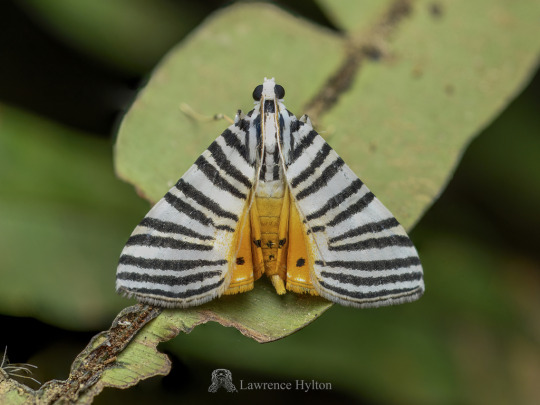
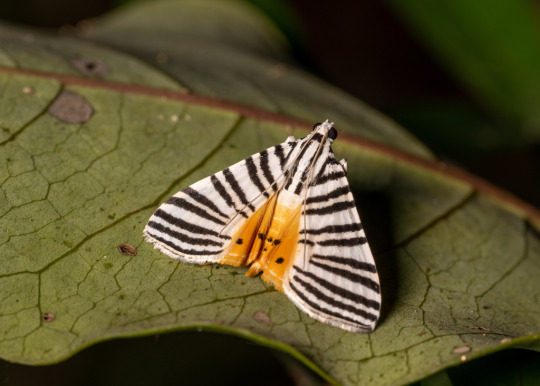
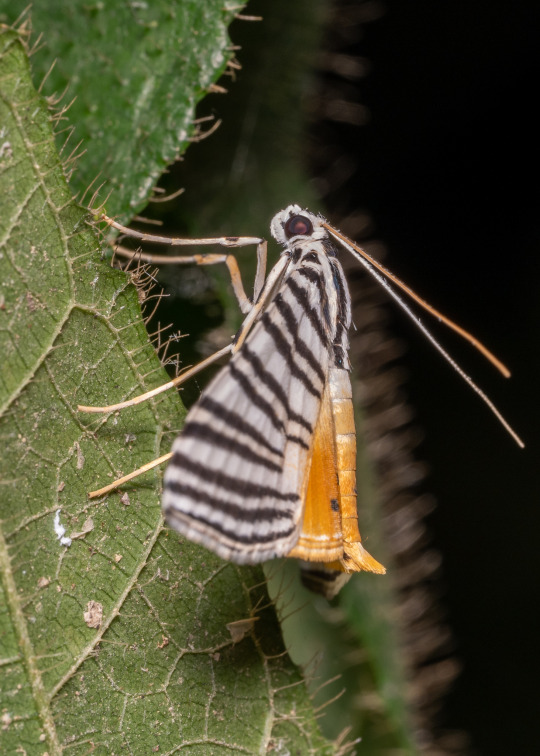



Zebra pearl moth, Dichocrocis zebralis, Crambidae
Found in South and Southeast Asia
Photo 1 by batfish, 2 by lawrencehylton, 3-4 by pauldickson, and 5-7 by sashahaldane,
#animals#curators on tumblr#insects#bugs#crambidae#moth#crambid snout moth#pearl moth#zebra pearl moth#one nice bug
2K notes
·
View notes
Photo





MOTHS from Yunnan, China, attracted to home balcony MV lamp
Click on and scroll through images for individual IDs…..
by Sinobug (itchydogimages) on Flickr.
Pu’er, Yunnan, China
See more Chinese moths on my Flickr site HERE.....
131 notes
·
View notes
Text
My love of moths started with a corpse. I was working at a lab and walking to my bus stop in the industrial park, I found it.

[Description: photograph of a dead moth lying on its side on sand and gravel – it has black wings trimmed with white, and black feathery antennae almost as long as its entire body. Its head is a bright orange with an enormous black eye visible and its thorax and abdomen are a bright metallic blue, with a little bit of blue travelling along the underside of its wings and more down its splayed black legs.]
I took pictures and when I got home I entered something like “black orange metallic blue shiny Ontario moth” into a search engine, and found out that it was called a Virginia Ctenucha moth (Ctenucha virginicia). When I switched to working evening shift at the lab, finishing work around 11 at night and starting my slow transit home with its two transfers, I learned to love night on the city outskirts, worms crawling through the grass and spiders spinning webs in bus shelters. I learned to look around and especially down into the grass, for shapes that didn’t fit and for small movements. I spent a lot of time waiting for buses looking for moths.

[Description: a photograph of a bus shelter at night bathed in pink light and backing onto greenery next to a photograph of an earthworm on wet rooted soil]
Moths are relatively easy to identify as a novice – Lepidoptera (moths and butterflies) are a charismatic order so there are a lot of resources out there, and they’ve got a definite edge on beetles (Order: Coleoptera) in that there are far fewer species of moths. I’d find a moth, take a bunch of photographs, and then scan through moth photos on Backyard Nature’s moths of Ontario page, then insectidentification.org, looking from something that looked like my moth, or almost like it. Then I’d head over to inaturalist.org to look for similar species that I might be confusing it with, and look up my front runner(s) on bugguide.net.

[Description: a photograph of a dark beetle with orange on it’s elytra and a long snout with its antennae resting far in front of its eyes, down the snout next to a screenshot of an iNaturalist Observations page showing a map focused on southern Ontario with red dots showing the locations of sightings and an inset listing showing photographs of Crambid Snout Moths]
Sometimes I run into something that can’t be Identified to species without examining the genitalia, like members of the genus Xanthotype, striking yellow Geometer moths with red-purple spots, and not all of Ontario’s moths have been found and recorded on inaturalist.org. I tend to be pretty successful identifying things, though, and I always learn something by trying.
I’ve learned enough about the different families of moths that these days when I’m looking something new up, I generally find myself starting from a specific family, filtered down to general location and time of year on inaturalist.org. I learned early on to tell day-flying moths like the Virginia Ctenucha from butterflies – butterflies have clubbed antennae – and I’ve learned that the night is full of life.

[Description: a photograph of a yellow moth with red-purple striped legs and spotted wings, and long feathery antennae next to a photograph of a butterfly with orange-yellow wings fringed heavily with brown and brown spots, with a brown-green head, thorax, and abdomen, and clubbed antennae]
I have stood under a near-full moon, waxing gibbous, and watched moths flutter amongst the trees, moonlight glinting off their scaled wings.
As night deepens a host of insects emerge. Common milkweed (Ascelpias syriaca) is incredibly attractive to many species and a clump of milkweed serves as a hub of activity, moths flying in to feed and then out again with new moths taking their places, wings a myriad of colours – metallic gold and orange and green and black and grey and white and brown and yellow all seen in a single night.

[Description: a photograph of a glowing white structure set against a black silhouette of sparse trees along a ridge, the sky deep blue and full of stars next to a night-time photograph of a small moth on the underside of a milkweed leaf with wings fading from tan into grey-green, an oval-shaped black stripe set into the tan and a curling ivory stripe going through the grey-green]
The moths aren’t alone; an enormously fat and rotund brown-orange beetle hangs to the underside of a cluster of blooms, feeding, and the European earwigs (Forficula auricularia) - apparently so-named because of the resemblance of their wings to human ears - have come out from their daytime hiding spots among the leaves to feed, too.
A porchlight and yellow brick wall serve as a crude set-up to lure more insects in, and some throw themselves vigorously at the light fixture while more rest upon the brick and nearby mesh screens. They’re mostly moths, but there’s a caddisfly out tonight, too, closely related to the moths but easily distinguished from them by the hairs on its wings.
I’ve loved the night for a long time – the best part of my summer days as a child was when the bats came out as twilight fell, just before we were called inside to bed. The night sky full of stars and the quiet of city streets have long been some of my favourite things, but my nights are deeper now, and richer.
#moths#lepidoptera#insects#insecta#night#week 09#the night is alive#and it is full of insects#and other beasts
0 notes
Photo

Good morning!!! Check out this beautiful crambid snout moth.🇬🇾🇬🇾🇬🇾 (at Guyana) https://www.instagram.com/p/CGHgPPrHcMa/?igshid=i4znloqcb2xm
0 notes


